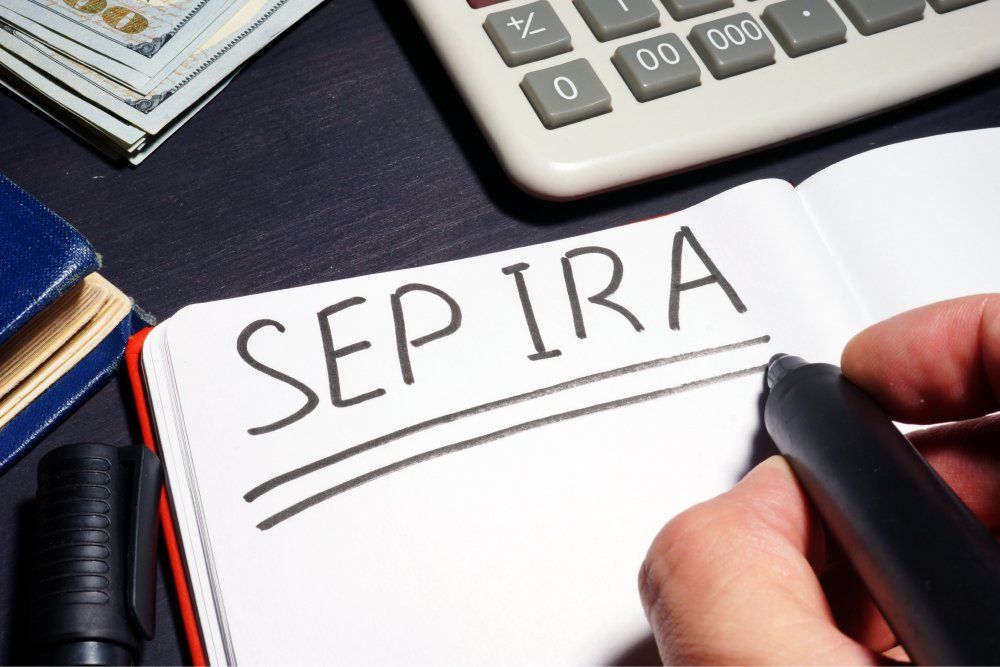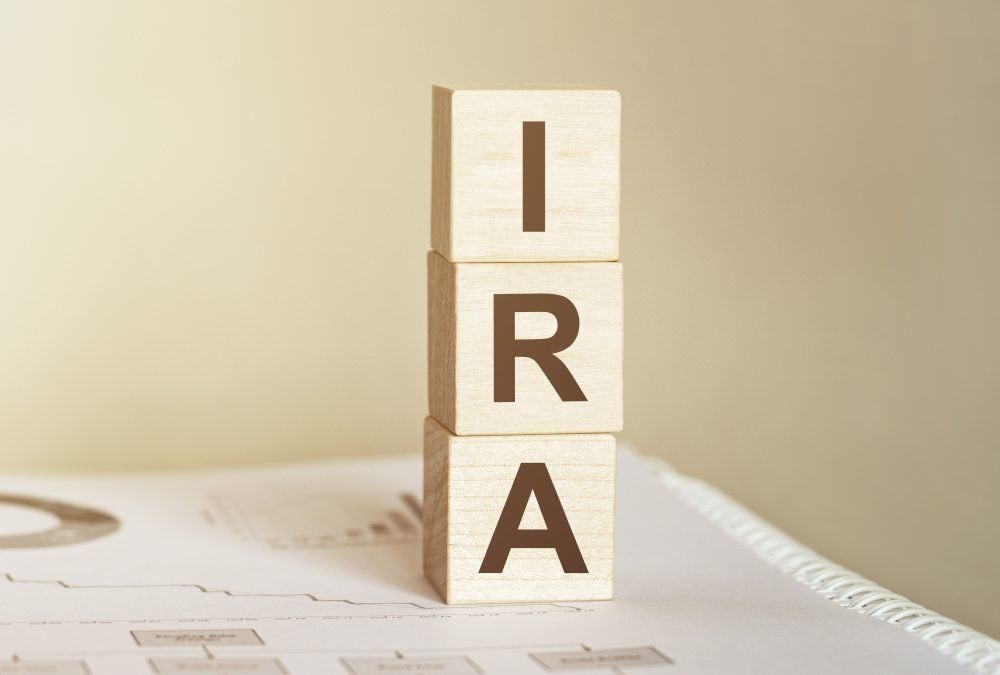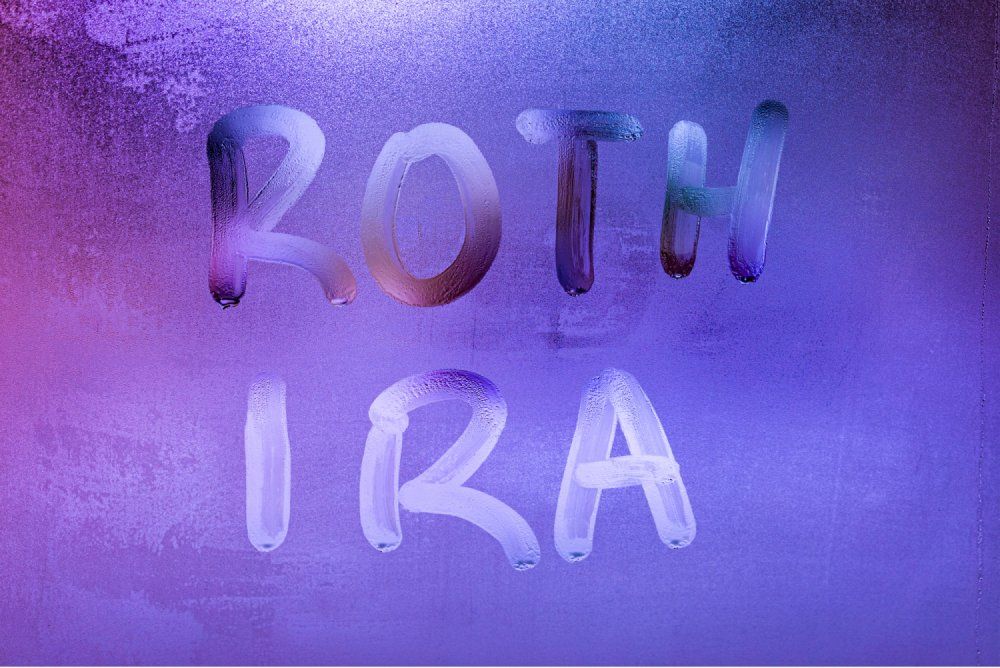Moving Retirement Accounts
One of the most common questions our advisors come across is, “What do I do with my retirement account?” Whether it be a 401k, 457, 403b, or another type of qualified retirement plan, you have a few options to consider before making a decision. You can, of course, take the money directly from your 401k. Although taking the money will create a tax liability and possible penalties depending on your age. Most people decide between leaving their retirement savings with their previous employer’s 401k provider, rolling the funds into an IRA, or rolling the funds into their new employer’s plan.
Leave Retirement Funds with Previous Employer:
Pros: Most, not all, employers will allow someone to leave their retirement funds in their company’s qualified retirement plan. If you leave your funds with your previous employer, you do not have to do much. The funds will remain in the investment you chose before you left the company, and stay there unless you make changes on your own.
Cons: The IRS allows employees to take loans from their qualified retirement plans and pay them back directly from their wages over five years with interest. If you leave your retirement funds with your previous employer, you lose this privilege because there is no way for the prior employer to collect the loan’s repayment.
Roll Retirement Funds into New Employer 401k Plan
Pros: If a new employer has a qualified retirement plan available, they should accept the funds from a previous qualified employer retirement plan. If you roll the funds directly into a new employer’s plan you will maintain the ability to take a loan from your retirement plan in the future if you should ever need it.
Cons: The amount of investment options your retirement plan offers is generally dependent on the plan’s size. Those limited investment options typically include target-date funds, a few index funds, and some mutual funds. Some qualified retirement plans have a self-directed brokerage account, which expands the investment choices available to you. These investments have fees that range from less than a tenth of one percent up to two percent.
Roll Retirement Funds into a Rollover IRA
Pros: If someone is unsure of what to do with their retirement savings, but knows they do not want to leave the funds with their previous employer, they can roll the funds into a rollover IRA. Rollover IRAs are a type of individual retirement account designed to hold your previous employer qualified retirement plans before you roll them back into another employer’s 401k plan. You can also invest the funds into all the options the stock market has to offer, unlike a 401k that typically has limited investment options.
Cons: The IRS does not allow loans from any individual retirement accounts (IRAs), including rollover IRAs. You can take up to a $10,000 penalty-free distribution before age 59 ½ for a first home purchase and qualified college expenses from the rollover IRA. This is a much smaller amount than can be taken in a loan from your retirement plan, which has recently been increased due to the Coronavirus pandemic. Once the funds are rolled into your retirement account with your new employer, you can initiate a loan from the plan.
Going through job changes can be stressful, and making a decision with your retirement savings just adds to the complexity. Please do not hesitate to contact your advisor if you or someone you know is changing their employer. There are critical steps to take before making any changes to your retirement accounts, and we would be happy to help with the implementation of those steps.
Can We Help?
The Twin Rivers team wants to guide you on your journey to financial success. If you have any questions about the topics above or would like to discuss any financial decision you are facing, please do not hesitate to contact our team.











